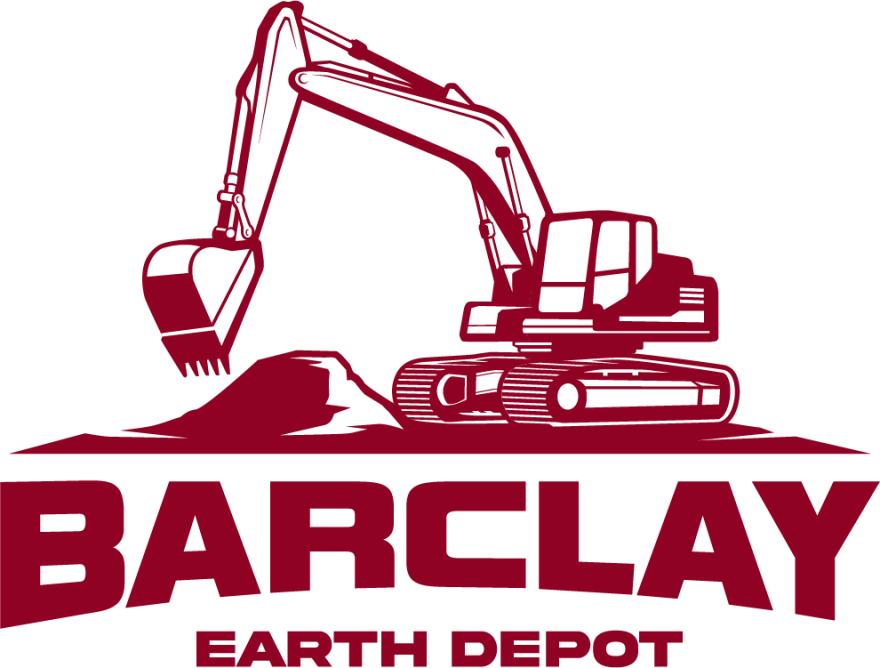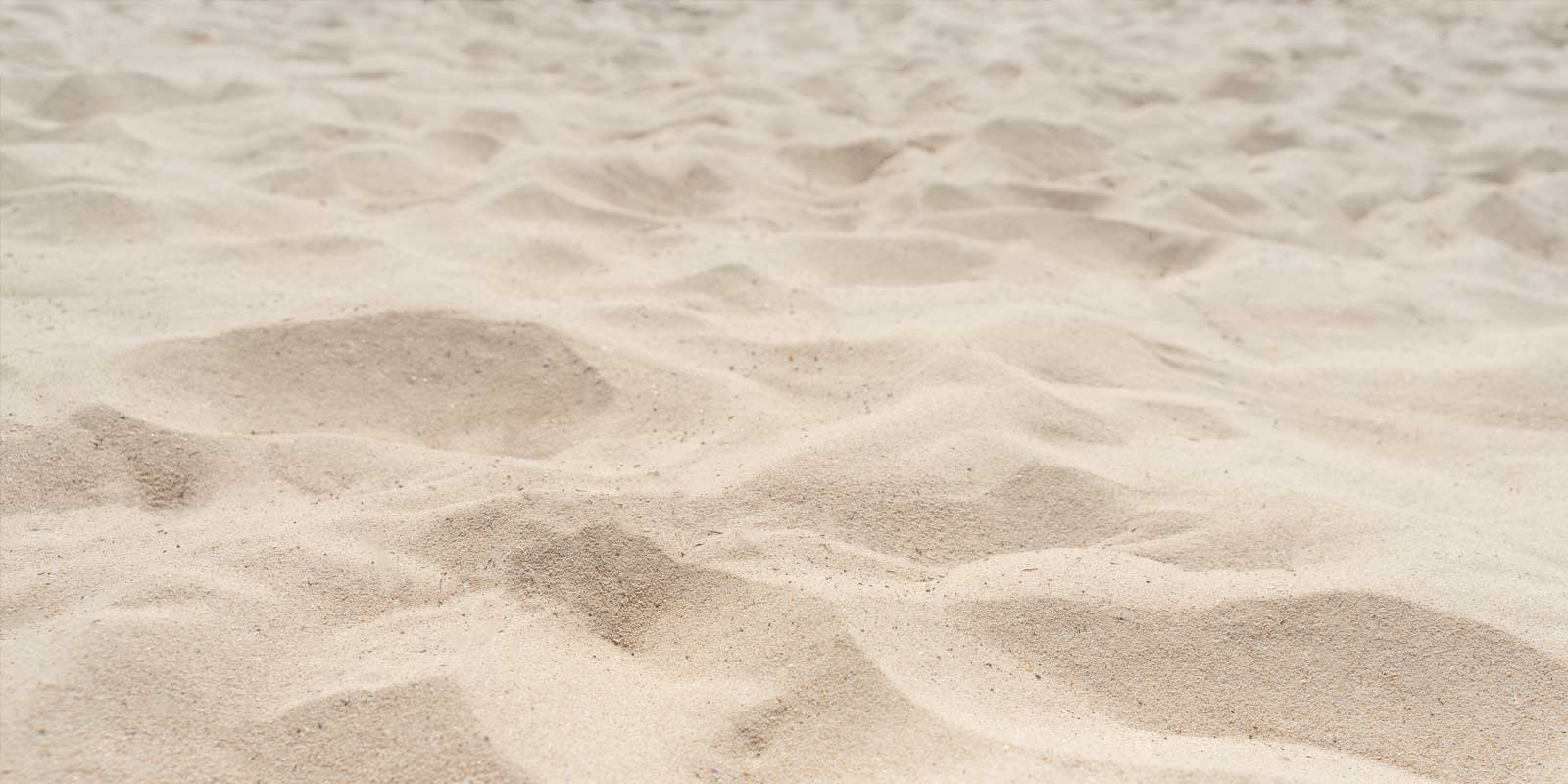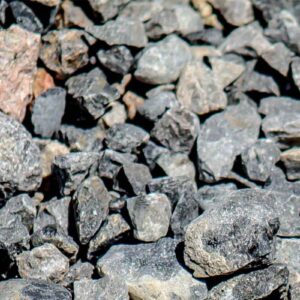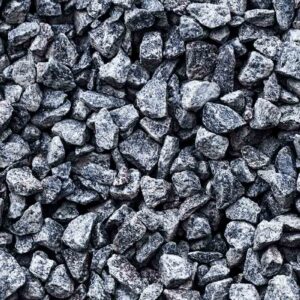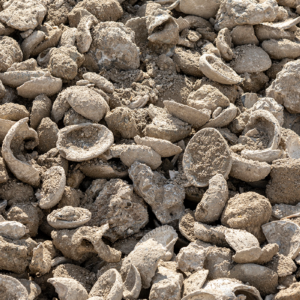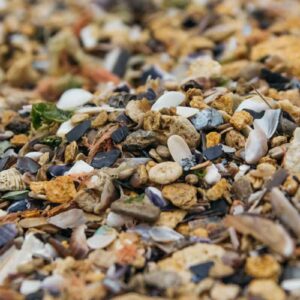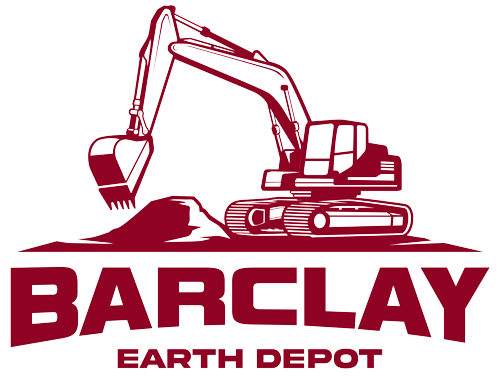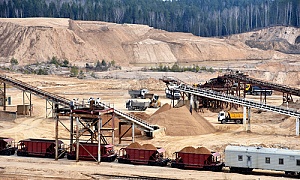 Aggregates constitute a collection of rocks and can be made from several different materials, including sand. This type of aggregate, also known as sand and gravel aggregate, can be used in a wide range of construction projects, such as those involving mortar, road foundation, and asphalt and cement concrete.
Aggregates constitute a collection of rocks and can be made from several different materials, including sand. This type of aggregate, also known as sand and gravel aggregate, can be used in a wide range of construction projects, such as those involving mortar, road foundation, and asphalt and cement concrete.
According to CEMEX USA, more than 20,000 pounds (10 tons) of sand, gravel, and stone are mined annually for every individual in the United States. Additionally, the average new home contains around 120 tons of sand, stone, and gravel. Barclay Earth Depot proudly offers high-quality sand aggregates for such projects in Florida.
Properties Of Florida Sand Aggregates
Sand aggregates generally come from three distinct sources (sea, mountain, and river) and can be made from a mix of natural and artificial sand. They also have many other distinguishing characteristics, including:
Particle Size
The particle size of sand aggregates, which are also called fine aggregates, is less than 5mm. Meanwhile, gravel (stone) or “coarse” aggregates have a particle size greater than 5mm.
Thickness
The fineness modulus divides sand aggregates into four grades of thickness: extra-fine, fine, medium, and coarse. Extra-fine (granular) sand typically has a thickness between 0.7 and 1.5mm, while coarse sand is between 3.1 and 3.7mm thick.
Mud Content And Clay Lump Content
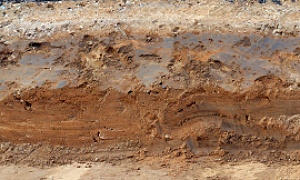 The term “Mud content” refers to the number of sand particles whose nominal size is below 80 microns. To determine the mud content of sand, simply inject it with water, stir it well, and let it settle for a few minutes. The “clay lump content” of sand is the number of particles that are smaller than 630 microns less than the nominal particle size beyond 1.25mm by hand-pinching and washing.
The term “Mud content” refers to the number of sand particles whose nominal size is below 80 microns. To determine the mud content of sand, simply inject it with water, stir it well, and let it settle for a few minutes. The “clay lump content” of sand is the number of particles that are smaller than 630 microns less than the nominal particle size beyond 1.25mm by hand-pinching and washing.
Alkali Activity
Sand aggregates normally react with alkali hydroxides contained in concrete and thus lead to cracking and expansion over the course of several years. This chemical reaction takes two forms: alkali-carbonate reaction (ACR) and alkali-silica reaction (ASR). Thus, this activity should be inspected whenever sand is exposed to a humid environment for a long period of time.
Harmful Substances
There are four distinct types of harmful substances found in sand particles: organic matter (fungi, bacteria, etc.), light matter (electrons), mica (silicate minerals), and sulfate and sulfide. These substances pose severe health hazards: their inhalation can cause damage to the lungs.
Principles Of Sand Production
There are six key principles behind onsite sand production line design:
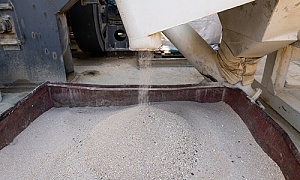
- Multi-phase crushing
- Processing capability prior to and after stage matching
- Material-size matching prior to and after classification
- Fewer breaks, more sieves
- Belt length
- Flexible layout
Get High-Quality Sand Aggregates From Barclay
Contact the professionals at Barclay Earth Depot in Florida to learn more about sand aggregates. We’re a woman-owned aggregate wholesale business dedicated to selling various types of high-quality aggregates to companies that need them. We also provide all the materials that aggregates are typically combined with to complete construction projects.
Regardless of the type of project, you’re working on, our team will work tirelessly to provide you with the aggregates you need and oversee the process of obtaining all materials from beginning to end. Call us at 941-WE-DIG-IT for more information about our products or request a quote online today.
